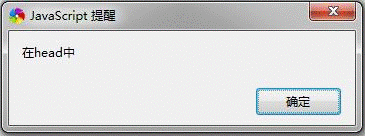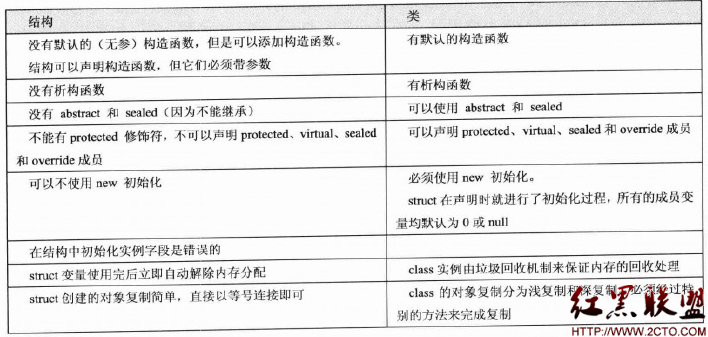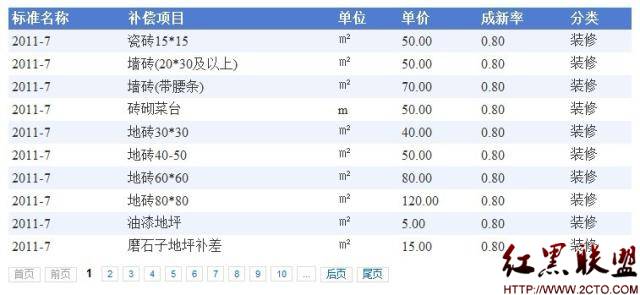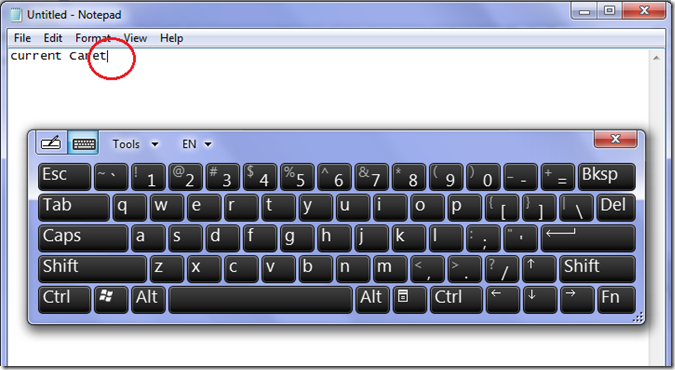.NET简谈组件程序设计之(初识序列化、持久化)
今天我们来学习在组件开发中经常用到的也是比较重要的技术“序列化”。
序列化这个名词对初学者来说不太容易理解,有点抽象。我们还是用传统的分词解释吧,肯定能搞懂它的用意是什么。
解释:数学上,序列是被排成一列的对象(或事件);这样,每个元素不是在其他元素之前,就是在其他元素之后。这里,元素之间的顺序非常重要。
那么我们对照这样的解释来分析一下我们程序中的序列化什么意思。都知道对象的状态是在内存中实时存着的,对象的状态在初始化的时候是通过系统分配的,在后期的程序运行过程中可能对它进行过一些修改,那么我们怎样将这些状态保存下来供下次使用呢。[王清培版权所有,转载请给出署名]
.NET中的序列化是将内存中的对象状态转换成某种有规律的序列,这样的序列可以是二进制的,也可以是XML形式的,也可以是SOAP形式的。.NET也提供了我们可以自己实现序列化的接口。
在.NET里面,我们可以很方便的通过系统提供给我们的工具进行序列化对象。那么序列化的作用是干嘛的呢?文章的标题提到了“持久化”的名词,那么持久化又是什么呢?
解释:持久化(Persistence),即把数据(如内存中的对象)保存到可永久保存的存储设备中(如磁盘)。持久化的主要应用是将内存中的对象存储在关系型的数据库中,当然也可以存储在磁盘文件中、XML数据文件中等等。
通过序列化将对象状态进行持久化,在必要的时候我们可以很方便的进行对象复活。好了理论我们就不讲了,来看看代码怎么实现。
Serializable特性
using System.Runtime.InteropServices;
namespace System
{
// 摘要:
// 指示一个类可以序列化。无法继承此类。
[ComVisible(true)]
[AttributeUsage(AttributeTargets.Class | AttributeTargets.Struct | AttributeTargets.Enum | AttributeTargets.Delegate, Inherited = false)]
public sealed class SerializableAttribute : Attribute
{
// 摘要:
// 初始化 System.SerializableAttribute 类的新实例。
public SerializableAttribute();
}
}
这是Serializable特性的定义,通过使用Serializable特性进行标记类、结构、枚举、委托。那么就可以使用格式化器进行序列化了,没有被Serializable特性标记的对象无法进行序列化,在序列化的时候会抛出异常。
IFormatter格式器接口
iformatter接口是序列化格式器,通过实现该接口提供序列化功能。系统提供给我们的序列化功能对象(BinaryFormatter、SoapFormatter)都是实现了该接口。
图1:
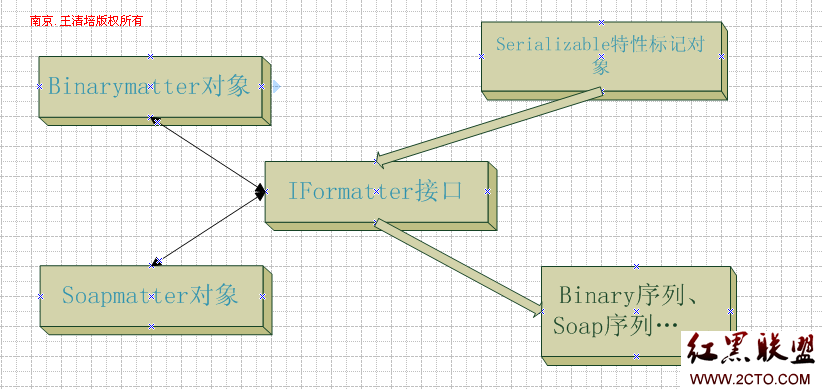
还有一个XmlSerializer 序列化对象是在XML命名空间下的,主要是高扩展性的接口,我们可以扩展它进行复杂的XML序列化。上图中的两个Iformatter接口实现类(Binarymatter、SoapMatter)都已经帮我们实现了复杂的二进制序列化和Soap序列化,我们只需要通过简单的使用它们就行了。
使用Serializable特性、IFormatter接口进行序列化对象
using System;
using System.Collections.Generic;
using System.Text;
using System.Runtime.Serialization;
namespace ConsoleApplication1.序列化和持久化
{
[Serializable]
public class MyClass
{
public MyClass() { }
public string number = "MyClass状态";
}
}
二进制序列化:
IFormatter formatter = new BinaryFormatter();
Stream stream = new FileStream("obj.bin", FileMode.Create, FileAccess.Write);
using (stream)
{
formatter.Serialize(stream, new MyClass());
}
//反序列化
Stream stream1 = new FileStream("obj.bin", FileMode.Open, FileAccess.Read);
using (stream1)
{
MyClass mycalss = formatter.Deserialize(stream1) as MyClass;
}
SOAP序列化:
IFormatter formatter = new SoapFormatter();
Stream stream = new FileStream("obj.xml", FileMode.Create, FileAccess.Write);
using (stream)
{
MyClass myclass = new MyClass();
formatter.Serialize(stream, myclass);
}
Stream stream1 = new FileStream("obj.xml", FileMode.Open, FileAccess.Read);
using (stream1)
{
MyClass myclass = formatter.Deserialize(stream1) as MyClass;
}
使用Iformatter接口序列化对象时我们只需要提供了Stream流对象就行了。将对象序列化到文件流(FileStream)、内存流(MemoryStream)、网络流(NetworkStream)都可以。
使用NonSerialized禁止成员序列化
在对象的内部我们可能需要禁止一些成员被序列化。在序列化的对象的时候,系统是递归的序列化对象内部的每一个成员,如果有一个对象是不允许序列化的,也就是没有加上Serializable特性的。那么在序列化的时候就会失败。至少我们需要能控制它的序列化过程的手动才行。请看代码:
using System;
using System.Collections.Generic;
using System.Text;
namespace ConsoleApplication1.序列化和持久化
{
public class MyChildClass
{
public string name = "MyChildClass状态";
}
}
这个对象我没有加上序列化特性标记。
using System;
using System.Collections.Generic;
using System.Text;
using System.Runtime.Serialization;
namespace ConsoleApplication1.序列化和持久化
{
[Serializable]
public class MyClass
{
public string number = "MyClass状态";
public MyChildClass ChildClass;
}
}
这里我需要序列化MyChildClass对象。
图2:

这里就报错了。
那么我们给对象MyChildClass字段加上禁止序列化标记。
using System;
using System.Collections.Generic;
using System.Text;
using System.Runtime.Serialization;
namespace ConsoleApplication1.序列化和持久化
{
[Serializable]
public class MyClass
{
public string number = "MyClass状态";
[No
补充:Web开发 , ASP.Net ,
